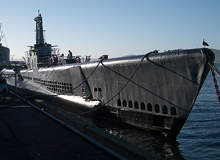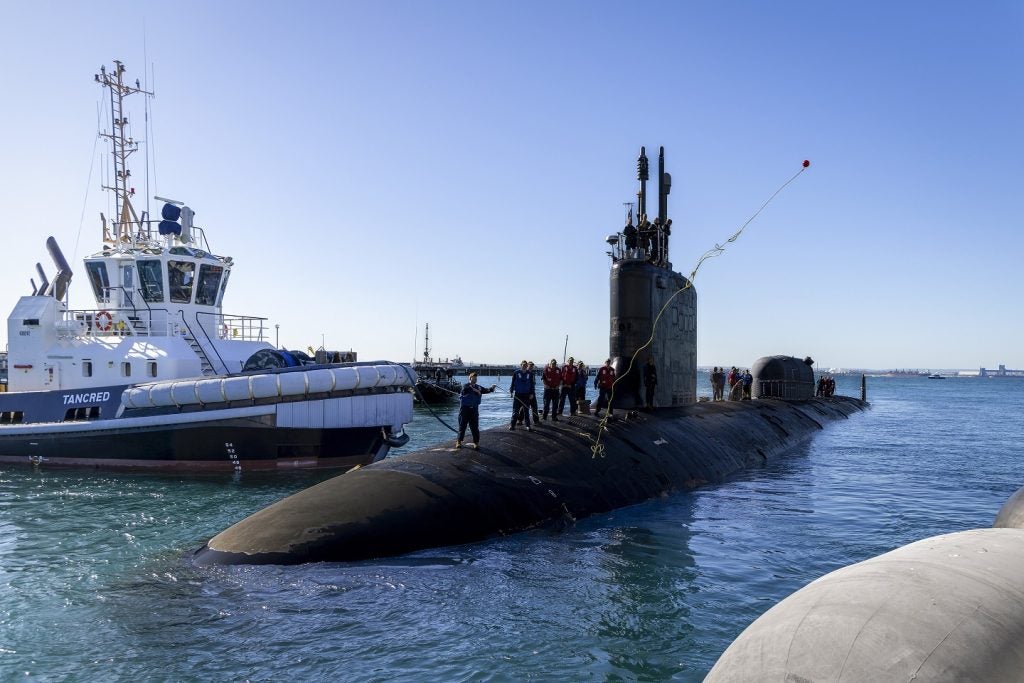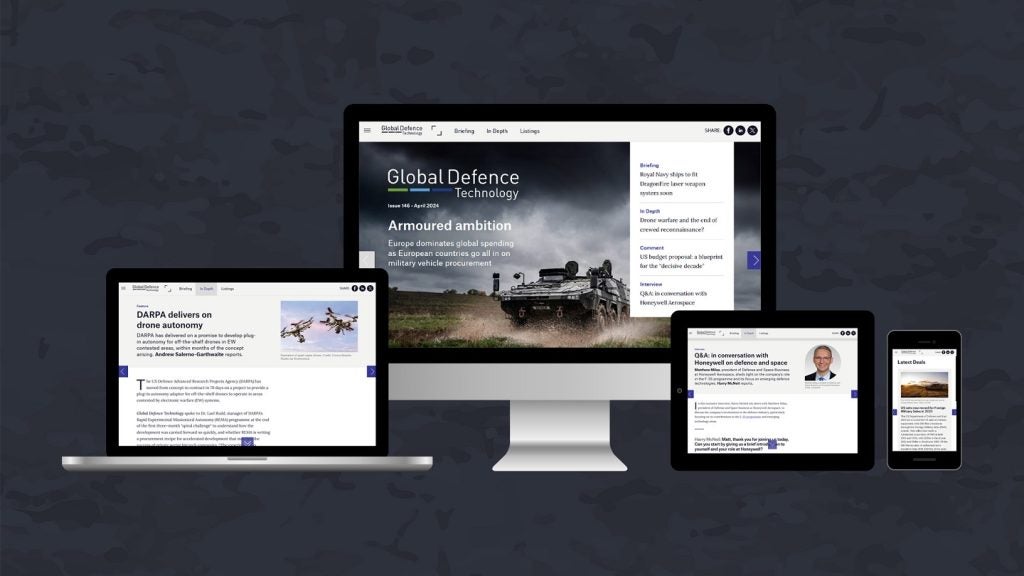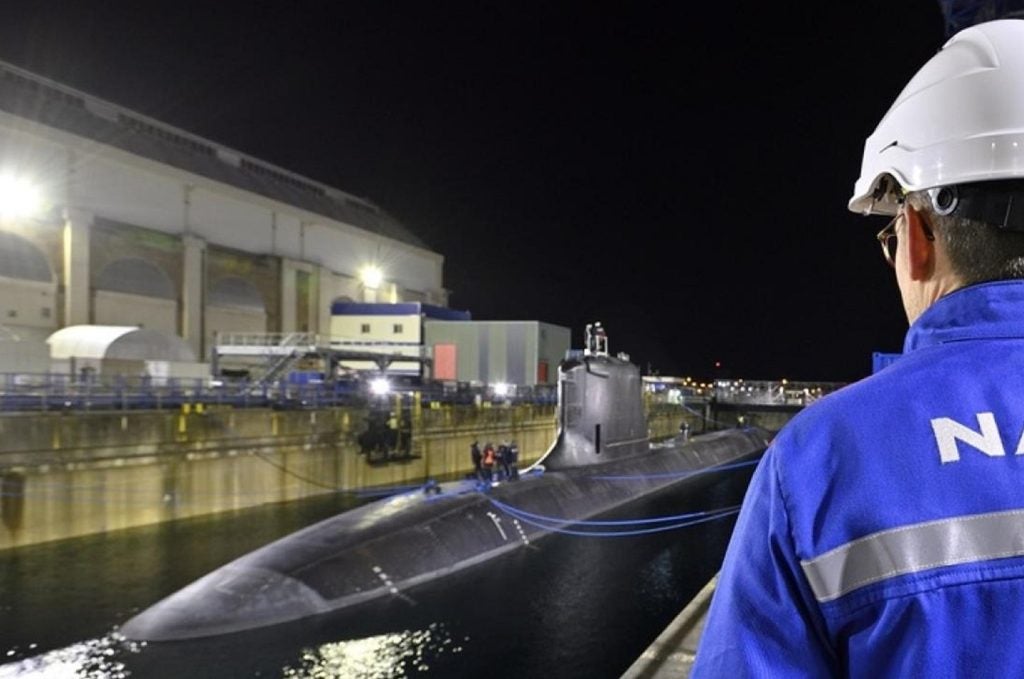
The rapidly changing global security scenario has forced submarine navies to become increasingly flexible. Rising maritime threats such as piracy, transnational terrorism and growing demand to protect sea lanes and communication lines are also important factors behind the desire for strong submarine capability.
At the same time, submarines are becoming an increasingly valuable strategic resource, adding new capabilities such as ELINT (electronic intelligence) and SIGINT (signal intelligence) payloads to their conventional or nuclear attack roles.
According to detailed market data from ICD Research, the outlook for submarines will be characterised by increasing collaboration between firms and countries and growing modularity of design to meet the varied roles of modern submarines. Varying mission profiles have resulted in the adaptation of a flexible payload to effectively deal with varying threats.
The decrease in demand in the mature market in the West and the increasing demand from the rest of the world, which has limited industrial capability but stable financial growth, has led to growing licence production through technology transfer agreements – a trend that is expected to increase.
How well do you really know your competitors?
Access the most comprehensive Company Profiles on the market, powered by GlobalData. Save hours of research. Gain competitive edge.

Thank you!
Your download email will arrive shortly
Not ready to buy yet? Download a free sample
We are confident about the unique quality of our Company Profiles. However, we want you to make the most beneficial decision for your business, so we offer a free sample that you can download by submitting the below form
By GlobalDataState of the global market
Submarines form an essential core of today’s naval fleets as a result of their flexible mission capabilities and ability to complement other strategic resources. Worldwide, 41 countries possess submarine capability and together operate 450 submarines. Most of these nations are modernising their fleets or increasing them as a result of changing security situations. A total of 154 submarines are to be procured over the forecast period (2011–2021), costing in excess of US$180.0bn.
North America is expected to constitute 46.27% of the market during the forecast period – a total of US$87.3bn. The US, as the largest defence spender in North America, accounts for almost the entire amount.
European nations are expected to cumulatively spend US$46.2bn across the forecast period and constitute 24.48% of the total submarine market.
Regional hostility prevailing among Asian states is also driving the submarine market, which is expected to cumulatively be worth US$46bn across the forecast period, 24.35% of the total market.
Brazil and Argentina are the main spenders in the submarine sector in Latin America, totalling US$8.6bn, 4.55% of the market.
Expenditure on submarines in Europe will remain constant, with a cumulative total of US$46.2bn to be spent over the forecast period. However, expenditure is much lower than during the Cold War, as most European countries have significantly reduced their arsenal following the demise of the Soviet threat. Countries such as Norway are contemplating eliminating their submarine capability entirely, while others such as Germany have drastically reduced their fleet by divesting older equipment as a result of fiscal deficit.
The UK, France and Turkey are expected to be the major spenders in Europe with a combined expenditure of US$29.5bn, accounting for 64.8% of the total submarine market in the continent. Major programmes in Europe include the procurement of the Astute-class of SSN and the development of SSBN (R), the replacement for the Vanguard-class SSBN by the UK.
Increasing procurement of submarines in Asia-Pacific
Asia-Pacific features large defence spenders such as India, Japan, Australia and South Korea which, motivated by the vigorous modernisation plans pursued by China, are investing as a direct result of an atmosphere of insecurity and suspicion in the region.
Neighbouring countries such as India, Pakistan and Japan feel forced to modernise their naval fleets to counter the threat posed by the increasing power of the Chinese submarine fleet.
In addition, Asia-Pacific is characterised by territorial disputes between countries such as North Korea and South Korea and India and Pakistan, which has resulted in heavy investment in military modernisation, including submarines.
Countries in the region have already recovered from the global economic slowdown, which has resulted in an increase in the spending power of countries such as Thailand, Singapore, Malaysia, Indonesia and Vietnam. These countries, which have historically had low spending power, are also investing in submarines. The trade relations of Asian countries are primarily dependent on safe maritime routes.
With merchant ships needing to cross hostile areas such as the Strait of Malacca and the Strait of Singapore, and are further threatened by Somali pirates, the need to ensure safe sea routes is expected to drive demand for submarines in the region. The total 2011 submarine market in Asia-Pacific is estimated at US$4.4bn, which is expected to record a CARC of -2.3% over the forecast period to reach US$3.5bn by 2021. The total market of submarines in Asia during the forecast period is estimated at US$46bn.
Guarding Shipping Lanes
Maritime transport accounts for 90% of global trade, which means countries across the world are compelled to secure their sea lanes. Furthermore, potential adversaries such as hostile nations, pirates and terrorist organisations use the sea as a medium to move personnel and weapons.
Countries are investing in submarines in order to prevent these adversaries from controlling the sea lanes. Indonesia is severely affected by threats posed by pirates and terrorist organisations in the Straits of Malacca. In order to counter these threats the nation finalised a contract for the purchase of two submarines from Russia worth an estimated US$700m in 2009. Additionally, the country is keen to procure 12 submarines from Russia by 2024 to secure its 17,000 islands.
Air Independent Propulsion system (AIP) – The Must Have
The Air Independent Propulsion system (AIP) is a technology that allows a submarine to stay submerged under water for longer periods of time. The submarine need not surface nor use a snorkel to access atmospheric oxygen. The AIP system does not enhance the capability of the submarine to stay submerged indefinitely, such as a nuclear power vessel. However, it improves the duration that the submarine stays submerged when compared to a conventional diesel electric submarine.
These AIP systems are predominantly important for countries with lower spending power and without a nuclear technological base to build a nuclear power submarine. As a result these small countries are equipping their submarines with AIP systems to enhance their operational capabilities.
Improvements in active and passive sonar and sensor technologies
Today’s submarines rely on a host of external underwater and above-the-surface sensors to gain complete situational awareness of the battle space. Most surface sensors, such as the periscope, surface radar and communication equipment, are mounted on the masts in the sail. Periscopes can be replaced with an advanced EO/IR sensor, which gives a 360° view of the surface and data can be transferred to multiple monitors.
The increasing need for intelligence gathering has resulted in new importance being placed on ELINT and SIGINT payloads. The proliferation of mines and silent diesel electric boats with advanced stealth characteristics and AIP systems have necessitated the development of advanced active sonar and passive sonar arrays. For example, the USS Virginia SSN has passive sonar in the bow and in the aft section of the boat, and a provision for towed array. In addition, it has a set of three passive sonar panels attached at the bottom side of the boat on both sides and has two advanced sensors for mine detection placed at the sail and the chin of the bow.
The Conventional Attack Submarine market
Over 100 SSKs are to be built across the globe over the forecast period. Major markets for SSKs include Brazil, India, Turkey and Vietnam, which have planned procurements in place. A new technical development in SSKs is the adoption of Air Independent Propulsion systems.
Nuclear ballistic submarine market
A total of 16 SSBNs are planned to be procured during the forecast period at a value of US$56.7bn, which includes the cost of R&D of the US SSBN (X) and the UK’s SSBN (R) programme. Despite the low numbers of SSBNs being acquired, it is forecast to be the second largest submarine market between 2011 and 2021.
To purchase the full version of ‘The US Defence Industry – Market Opportunities and Entry Strategies, Analyses and Forecasts to 2015’, please click here.
iCD Research is a full-service market research consultancy providing both online and offline research capabilities. Our areas of expertise include online research, qualitative and quantitative research, custom approaches, and actionable insights. Our capabilities provide a one-stop research and analysis service with full-spectrum consulting, from problem recognition and conducting fieldwork to the delivery of strategic recommendations. We deliver our expertise across a broad range of industry sectors and product lifecycle areas. From product innovation to brand management and CRM, we offer full service research and analysis that drives loyalty and lifetime value.







